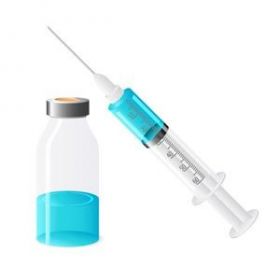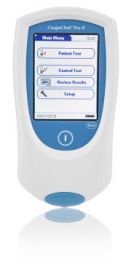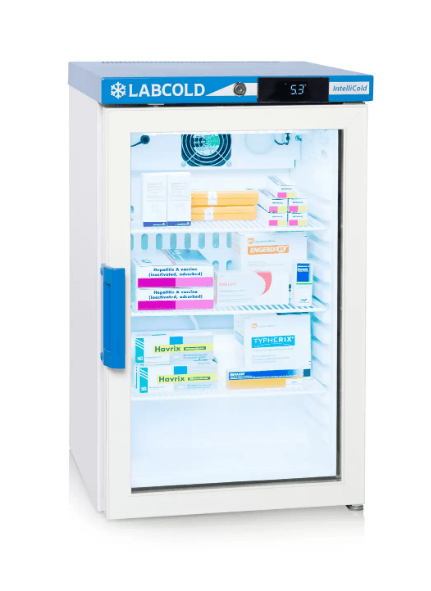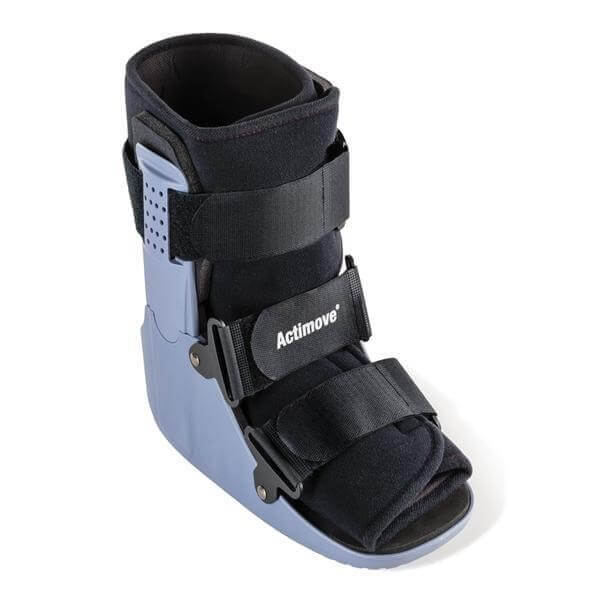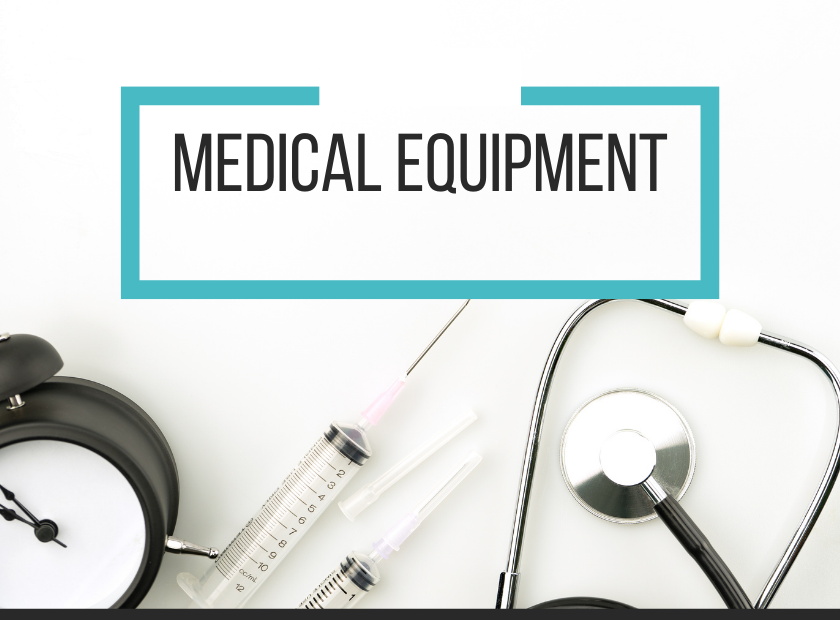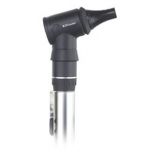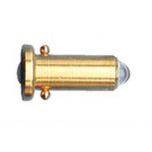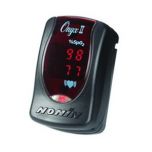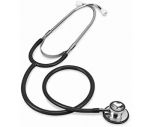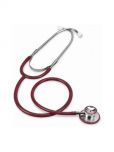Understanding the Cost and Value of Medical Equipment Investments
Introduction
In today's intricate world of advancing healthcare landscape, where every decision can affect a patient's well-being, choosing the right medical equipment is both an art and a science. It's not just about the financial aspects; it's about the essence of healthcare itself. Hospitals, clinics, and healthcare facilities constantly face the challenge of balancing the cost of acquiring and maintaining medical equipment with the value it brings to patient outcomes. Let's embark on a journey to unravel the complexity of balancing the cost and value of medical equipment investments.
The Balancing Act: Cost vs. Value
Medical equipment investments often require substantial financial commitments. From MRI machines and surgical robots to simple but essential tools like thermometers, each piece of medical supplies comes with a price tag. However, the financial aspect is just one part of the equation. It's crucial to consider both the upfront costs and the long-term value these investments provide.
The Pulse of Healthcare
Think of a hospital as a living organism. The medical equipment within its walls serves as the vital organs, essential for diagnosing, treating, and ultimately, saving lives. Yet, the path to acquiring and maintaining these life-saving tools is far from straightforward.
The Weight of Costs
On one side of the equation, there's the ever-present burden of cost control. Healthcare institutions, from small clinics to sprawling hospitals, face constant scrutiny to manage expenses efficiently. Every dollar saved on equipment can potentially be redirected to improving patient care in other critical areas.
The Quest for Value
On the opposite side, the pursuit of excellence in healthcare pushes us towards cutting-edge technology. Patients deserve the best possible care, and often, that means having access to the most advanced medical equipment. This equipment can make the difference between a timely diagnosis and a missed opportunity for treatment.
Factors Influencing Investment Decisions
Several factors can influence a healthcare facility's decision to invest in medical equipment:
- Patient Needs: Understanding the specific needs of patients is paramount. Equipment should align with the services provided and the demographics served.
- Technological Advancements: Keeping up with the latest technology can be a competitive advantage, but it's essential to weigh the benefits against the costs.
- Budget Constraints: Healthcare facilities often operate with tight budgets. Balancing the need for new equipment with financial limitations requires careful planning.
- Regulatory Requirements: Changes in healthcare regulations may necessitate equipment upgrades to maintain compliance.
- Return on Investment (ROI): Assessing the potential ROI is crucial. It's also equally important to focus on if the investment would lead to increased revenue or cost savings in the long run.
Conclusion
Investing in medical equipment supplies is a complex decision that requires a deep understanding of both the financial aspects and the value it brings to patient care. By carefully considering upfront costs, long-term value, and factors that influence investment decisions, healthcare facilities can strike a balance that ensures the best possible care for their patients while maintaining financial sustainability. It's not just about spending money; it's about investing in better healthcare outcomes for all.
Buy Littmann stethoscope in UK from AHP Medicals.


